#crustose lichen
Text

Crustose lichen - Líquene crustáceo
Freixo de Espada à Cinta/Portugal (1/02/2023)
[Nikon D500; AF-S Nikkor 500mm F5,6E PF ED VR; 1/1600s; F10; 400 ISO]
51 notes
·
View notes
Text
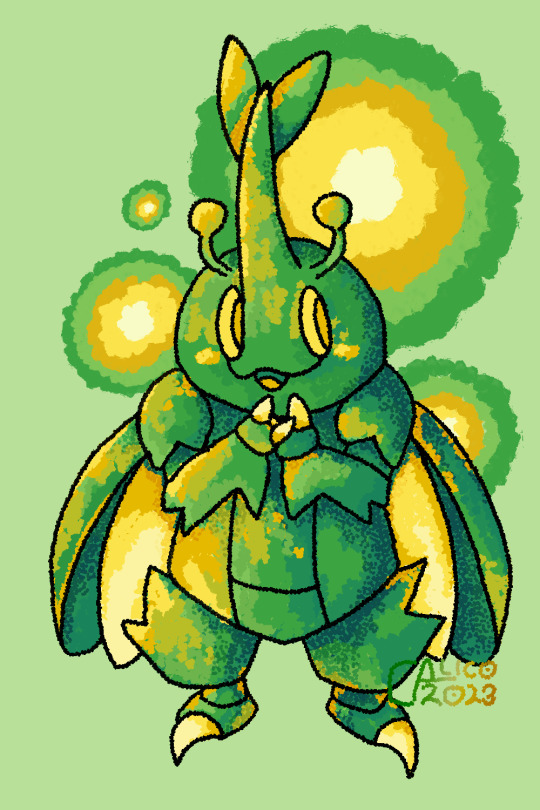

My aroallo heracross icon for " Pride Month" this Year #Lfg
#my art#pokemon#heracross#aromantic#aroallo#“Hes mischievous” - my dad#These brushes made me realize that I can draw a crustose lichen when ever i want.
183 notes
·
View notes
Photo

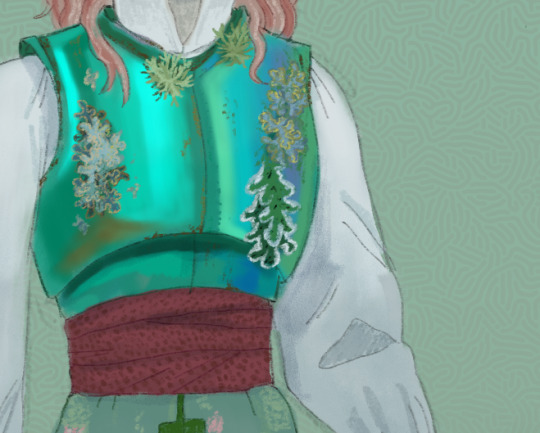
been having Many Thoughts about a particular firbolg again + a close up of the lichen on his armour
#caduceus clay#cr#i havent kept up with critical role in ages but i Love Him :-)#you should check out the lichen i did on his staff too :-) all based on real lichens#even the pink crustose stuff#my art#lichens#more art probably incoming because i like giving him nice clothes to wear
60 notes
·
View notes
Text
i need to get better at identifying lichens and mosses......
#at the moment i can do the types of lichens crustose foliose fruticose but thats easy#i have no clue about mosses though.#lichen subscribe#at a moss for words#blue squawks
4 notes
·
View notes
Text
Compost-preacher -> crustose btw
#:)#this was v on a whim but yknow#crustose is tha lichen form thats flush with its substrate#bye bye sufjan url you were loved
1 note
·
View note
Text
Do the goths know about the grotesque imagery of the bog??? Do they know about sphagnum moss and the non-crustose lichens? the moss, blood red, evoking flesh, evoking the soft yeldingness of the inside of your cheek... the lichen, brittle, evoking bones, evoking the delicate vessels of the lungs? Do the goths know that these things grow together? Do they know that sometimes the lichen grows on the red moss, like a crown of bone on a pillow of blood? In a land where little lives and nothing rots? Do the goths know about the bog????
#i know tumblr girlies love a bog body#but there are many other rich veins of imagery in your local peatland!#many untapped!#me fein
542 notes
·
View notes
Text
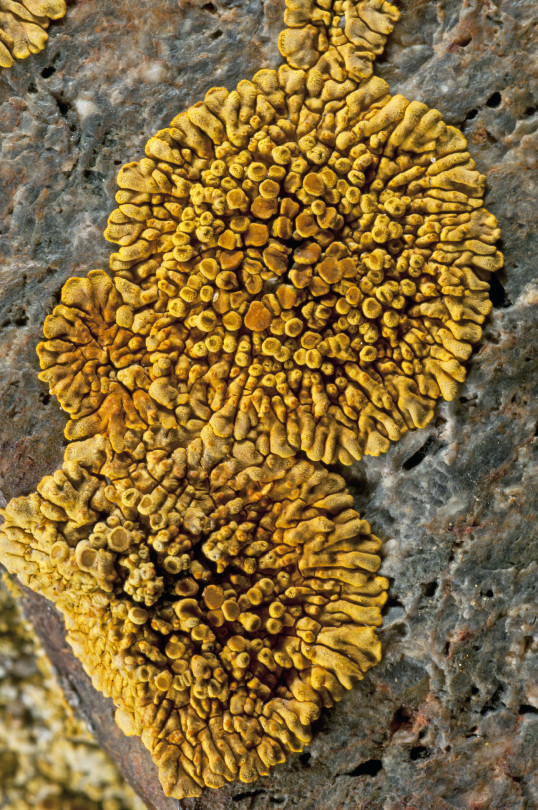
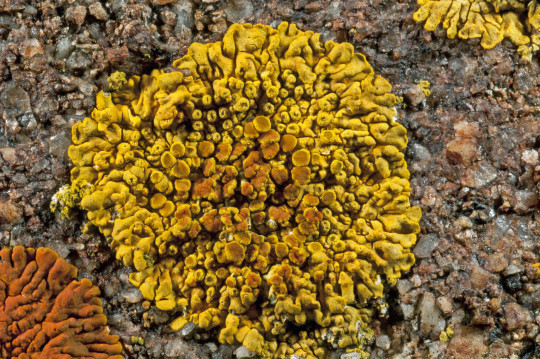
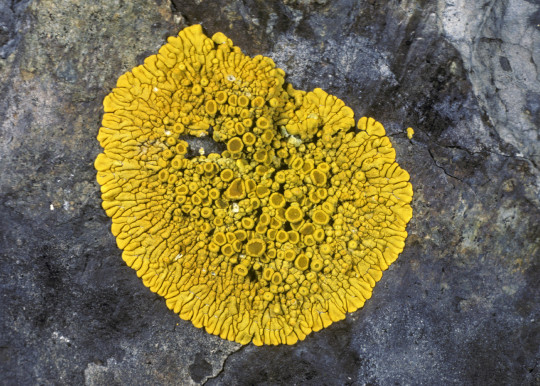


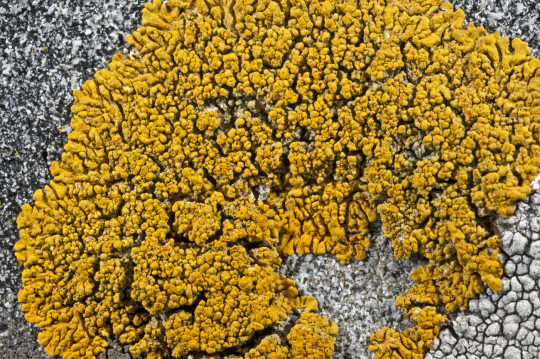
Polycauliona impolita
When I tell people that I study lichens and they respond "Oh, those little moss-looking things, right?" I want to show them pictures like these and be like "Does this look like moss to you?" But usually I am too nice and too excited to explain what a lichen is to do that. But not today! Does P. impolita look like moss to you? I think not! This crustose-placodioid lichen grows in rounded patches with an areolate (tile-like) central thallus and a marginal thallus of elongated lobes. The upper surface is yellow-orange to red-orange and often pruinose (covered in a fine powder), with orange, flat-disked apothecia clustering toward the center. P. impolita grows on non-calcareous rock in western North America.
images and info: source
#lichen#lichens#lichenology#lichenologist#mycology#ecology#biology#symbiosis#symbiotic organisms#green algae#fungus#no moss here#nature#naturalist#beautiful nature#weird nature#the natural world#natural science#life science#environmental science#fungi#trypo#tw: trypophobia#Polycauliona impolita#Polycauliona
370 notes
·
View notes
Text
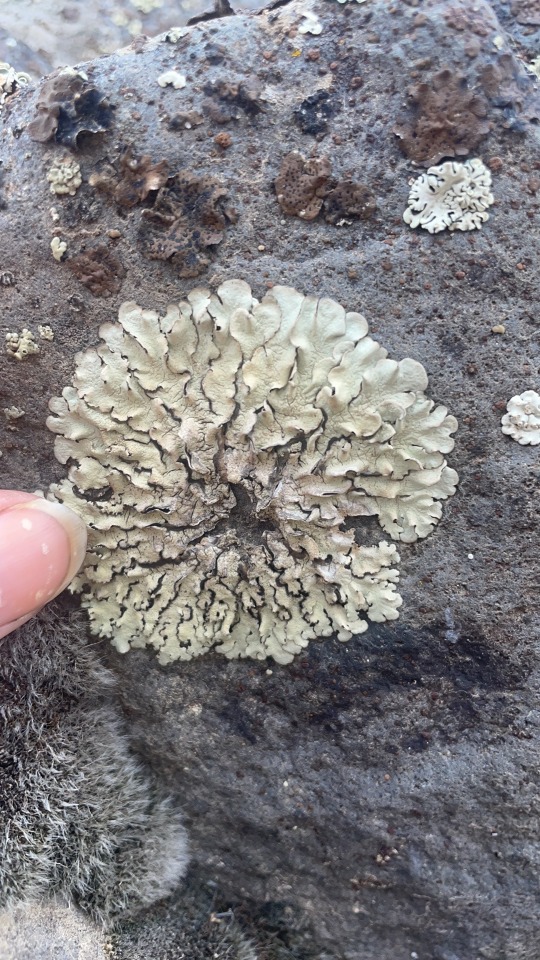
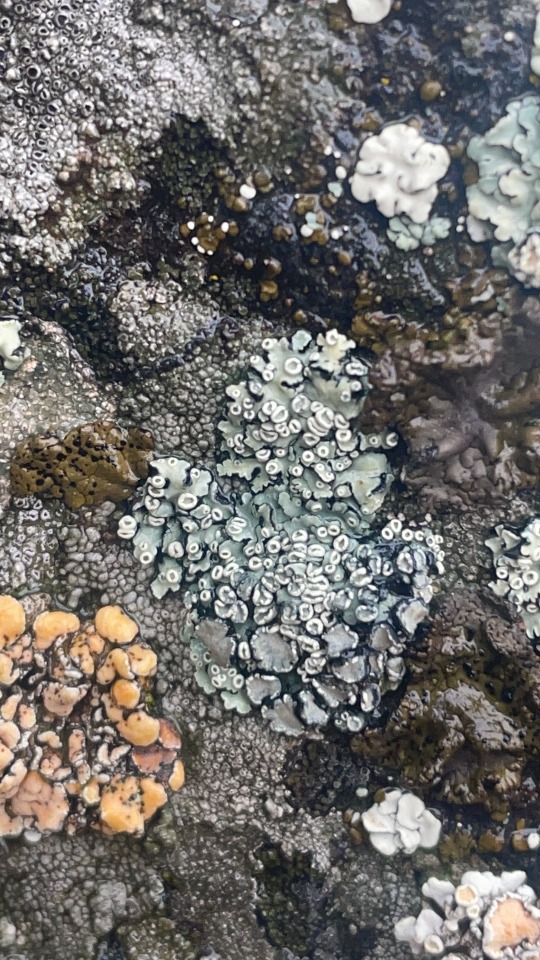




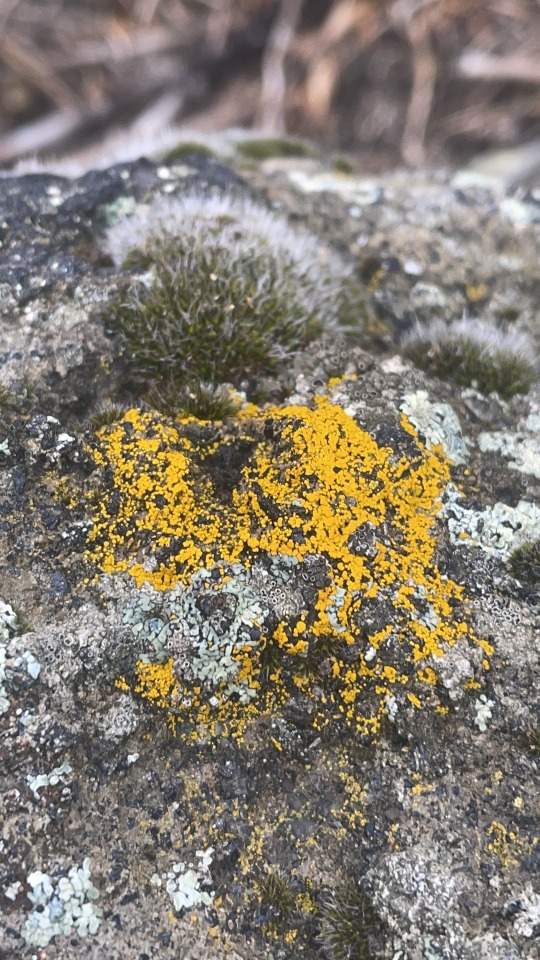
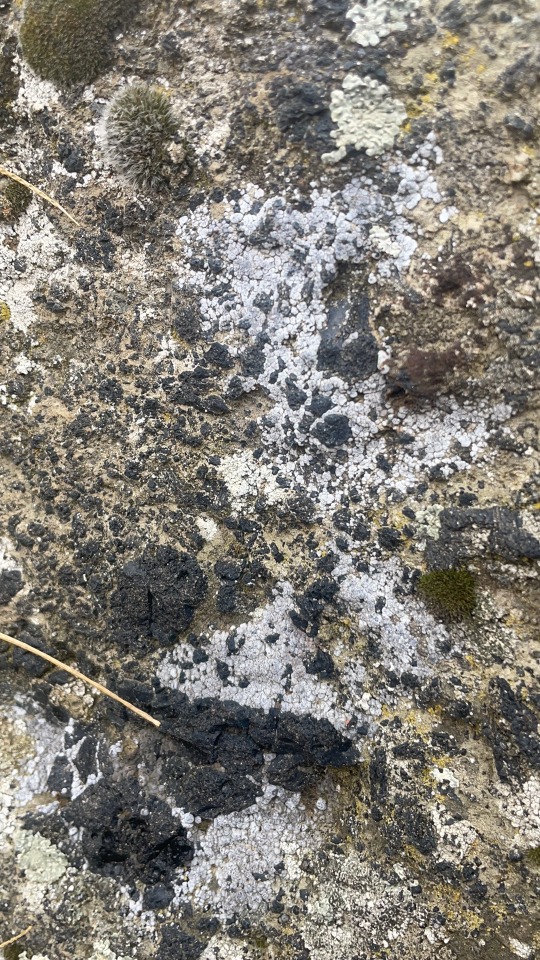

Some cool lichens I saw today! Seek was able to ID a few but it really struggles with crustose ones.
and a bonus, brown eyed wolf lichen!
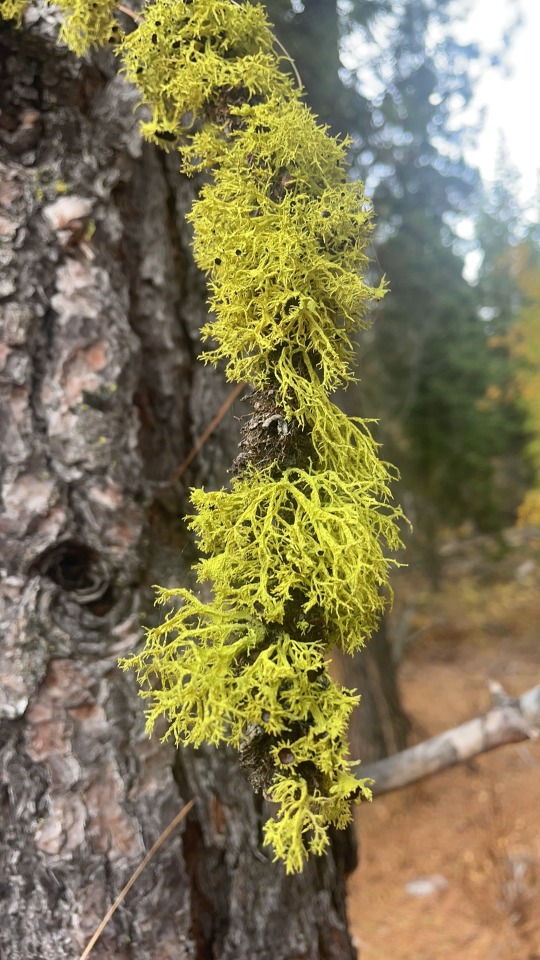
#might be letharia vulpina actually#I don’t know for sure but it has the eyes#lichen#lichens#eastern Washington#Douglas creek
200 notes
·
View notes
Text
Moth of the Week
Peppered Moth
Biston betularia

The peppered moth is a part of the family geometridae. It was first described in 1758 by Charles Linnaeus. This moth gains its name from its speckled coloration, which has been studied as an example of natural selection and population evolution.
Description This species has a short body with narrow forewings. The body and wings are the same white base peppered with black dots and irregular black lines. This speckled pattern may vary with some moths having very few spots and others having so many that they look as if they are black with white spots as opposed to white with black. In rare cases, the black on the wings and body is replaced with gray or brown and in even rarer cases the spots are a combination of brown and black/gray. These spots help the moth camouflage against lichen on trees.
The evolution of this moth had been studied extensively during the last two hundred years, which created the term “industrial melanism.” During the Industrial Revolution, air pollution killed off lichen and covered trees in soot. This caused moths with a black spots on white base (typica) coloration to lose their camouflage and die off due to predators. This caused a spike in population for moths with a darker coloration (carbonaria) because they had the camouflage advantage. Once environmental conditions improved, the lighter colored moths once again became the dominant coloration.
The male’s antennae are bipectinate, meaning it has two rows of rami going down either side of a singular flagellum.
Wingspan Range: 45 - 62 mm (≈1.77 - 2.44 in)
Diet and Habitat The caterpillar of this moth eats many trees, shrubs, and small plants such as Blackthorn (Prunus spinosa), Hawthorn (Crataegus monogyna), Downy (Betula pubescens) and Silver Birch (Betula pendula), limes, sallows, poplars, oaks, Sweet Chestnut (Castanae sativa), Beech (Fagus sylvatica), Bramble (Rubus fruiticosus), Broom (Cytisus scoparius), Black Currant (Ribes nigrum) and Hop (Humulus lupulus).
They have a wide range, being found in China (Heilongjiang, Jilin, Inner Mongolia, Beijing, Hebei, Shanxi, Shandong, Henan, Shaanxi, Ningxia, Gansu, Qinghai, Xinjiang, Fujian, Sichuan, Yunnan, Tibet), Russia, Mongolia, Japan, North Korea, South Korea, Nepal, Kazakhstan, Kyrgyzstan, Turkmenistan, Georgia, Azerbaijan, Armenia, Europe and North America. They prefer habitats of woodland, scrub, hedgerows, parks and gardens.
Mating Depending on its location, this moth can have one or two generations per year. In Great Britain and Ireland, the peppered moth has one generation per year, whilst in south-eastern North America it has two generations per year. They emerge from the pupea in late May to August.
The females attract males with pheromones, which are carried by the wind. Males follow the concentration gradient to find the female. The male guards the female from other males until she lays the eggs. The female lays about 2,000 pale-green ovoid eggs about 1 mm in length into crevices in bark with her ovipositor.
Predators This species is a night-flying moth, making the vulnerable to bats. The males in particular fly every night to search for a female while females fly only the first night.
To protect themselves from birds during the day, this species rests on lichen covered trees to camouflage themselves.
The day time resting positions of this moth have been recorded and studied. This study shows that the peppered moth prefers resting spots that are covered such as below where the trunk and a branch meet, the underside of branches, and leafy twigs.
Additionally, the study found peppered moths with a lighter coloration (typica) blend in better against crustose lichens rather than foliose lichens because birds can see ultraviolet light. The peppered moth reflects UV light while crustose lichens don’t, making them easier to pick out.
Fun Fact The caterpillars of the peppered moth resemble things in both color and size. An experiment published in 2019 done on the caterpillars of the peppered moth showed that the larva (even when blindfolded) could sense the color of the tree they live on and change their body color to match and/or would move to a different twig that was closest in color to their own body.
(Source: Wikipedia, Butterfly Conservation, Max Planck Institute)
#Biston betularia#libraryofmoths#animals#bugs#facts#insects#moth#lepidoptera#mothoftheweek#Geometridae#peppered moth
84 notes
·
View notes
Text

Circinaria calcarea
Cascais/Portugal (21/11/2023)
[Nikon D850; AF 105mm Micro-Nikkor F2,8 with Circular Flash Nissin MF 18; 1/250s; F16; 400 ISO]
7 notes
·
View notes
Text
"crustose" literally sounds like an enzyme that breaks down solidified fluids could they have picked a different word to describe lichen shapes please
10 notes
·
View notes
Text
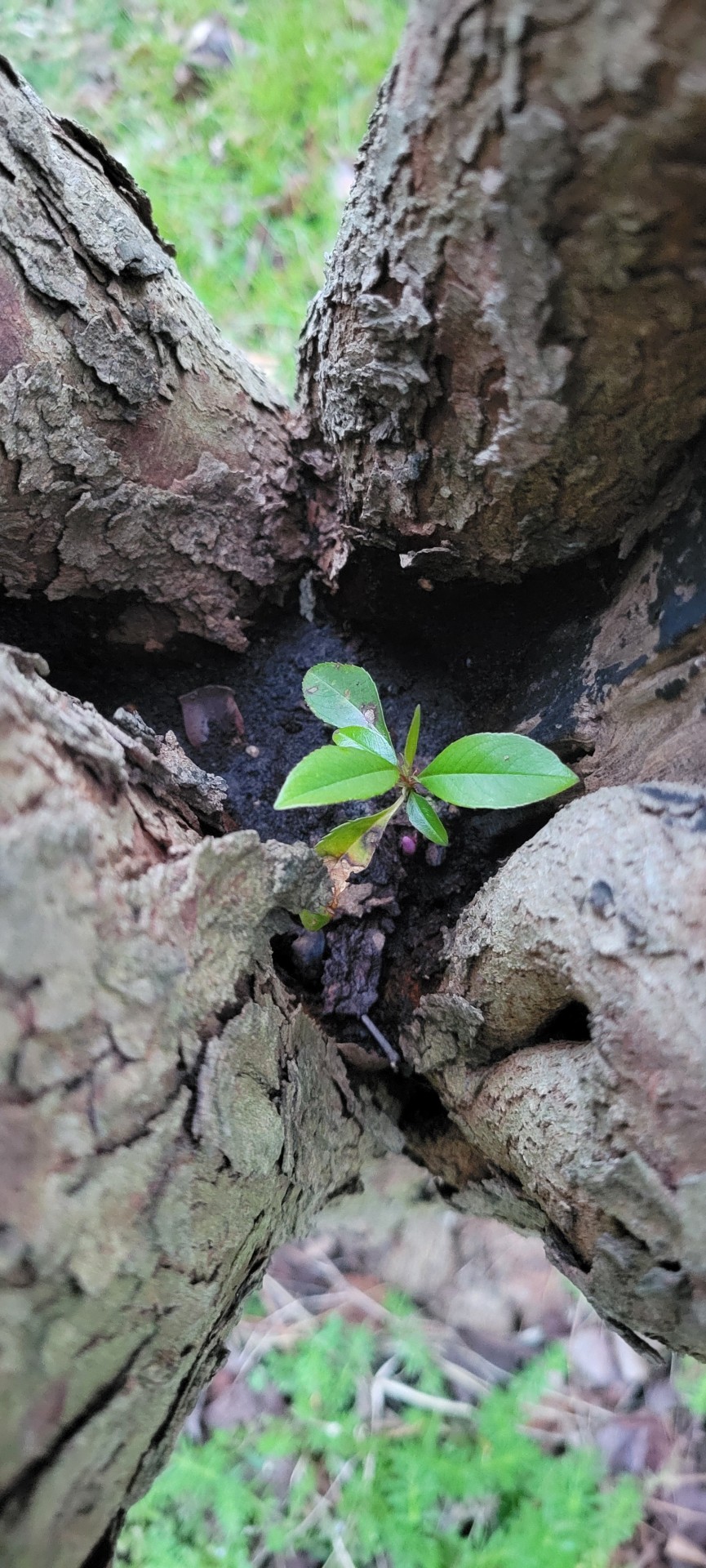
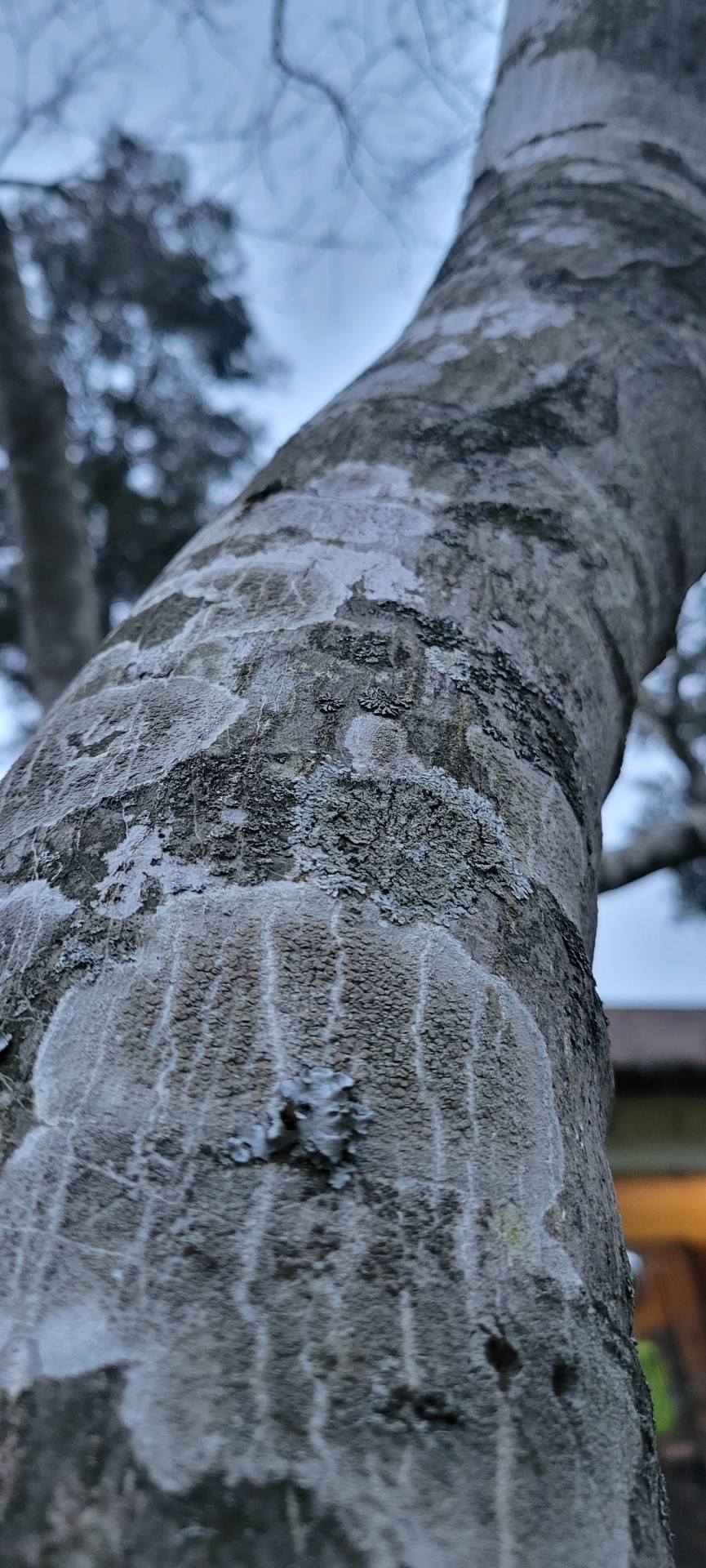

I suddenly found myself hyperfixated on nature last week. So, I'm starting a new blog to dump all of my identifications and learnings! I've taken a particular interest in fungi, trees, and birds, so I expect I'll be posting quite a bit about that. Here's to growing closer to the world around me!
pictures in this post:
1. A baby plant growing inside of an Eastern redbud in my front yard! (Cercis canadensis)
2. Some neat lichens (unsure of specifics, but there's a mix of crustose and foliose) on a Japanese maple (Acer palmatum)
3. A branch of leaves of a Hidcote St. John's Wort shrub (Hypericum hidcoteense)
#plants#plantblr#plant photography#nature#naturalist#trees#fungi#lichen#new blog#plant identification#escapism#hyperfixation#outdoors#explore
2 notes
·
View notes
Text
a rock thats mostly lichen
im definitely trespassing
and if a train comes i dont know what ill do
the path is narrow between the tracks
and the mossy mountainside
looking for a rock thats mostly lichen
because i know you know all their names
fruticose foliose and crustose
each a friend youre most familliar
you would tell me all about it, scientific names and all that
youd pet its overgrown head
like an animal not yet awakened
i hope youd keep it in your pocket
like a little piece of me that i found
like a little piece of you
but all the shapes werent quite right
and i had to get home soon
i couldnt find a rock thats mostly lichen
i hope youll like this feather i found instead
4 notes
·
View notes
Text
lichen informational post
because a lot of my mutuals seems to be unclear about lichen and there are so few accessible sources out there on these amazing beings :D

[ID: A grey stick with wolf lichen growing on it. Wolf lichen is very three-dimensional, with the rough appearance of many light green blood vessels or coral. End ID]
Image from Wikimedia Commons, taken by Katja Schultz.
What is lichen?
Put simply, lichen (pronounced LIE-ken or LITCH-en) is a bunch of different fungi and algae working together to make an organism that looks something like a mix between a plant and a fungus. It can have the appearance of moss sometimes, and often you will find species named “[adjective] moss”.
There are many types of lichen, which can broadly be categorized as fruticose (like the wolf lichen pictured above the cut), foliose (slightly less 3D and usually having a leafy appearence), crustose (clearly one solid form, but appearing plastered to the surface it’s found on), and leprose (a more powdery substance). There are a few more broad categories, including jello-like and stringy, but these are the most well-known.
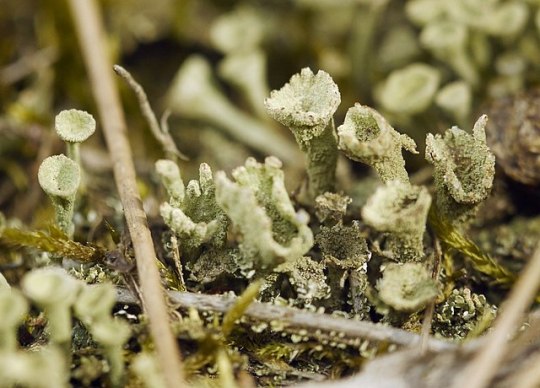
[ID: Trumpet Lichen growing among some small sticks. Trumpet lichen is light green, shaped rather like the mouth of a trumpet. It has a bumpy texture. End ID]
Image from Wikimedia Commons, taken by Roman.
Where can I find lichen?
Basically anywhere above sea level! Lichen can grow on almost any surface, and are mostly common on rocks and trees. They can also grow on toxic surfaces, though! Lichen do not have roots, but they do photosynthesize. They do not have any adverse affect on whatever they may find their home on. Lichen can also hang from surfaces.
Apart from what’s already been said, why is lichen so cool?
- We know of about 20,000 species of lichen so far!
- Lichen may be the longest-living organisms on earth, and are also some of the earliest organisms to grow after a natural disaster.
- Some species of lichen reproduce sexually, and some don’t, but they can all evolve.
- Lichen can be very susceptible to air pollution, especially when there are not many trees around to provide clean air. However, lichen can survive in space, if so moved.
- Lichen was not officially classified until 1867.
- Most lichen is made up of photosynthesizing organisms (cyanobacteria or algae) surrounded by the fungal organisms, but this is often flipped in gelatinous or stringy lichen!
Here is the link to the Wikipedia page, which is where I compiled this information from, if you would like to read more. I am also really really excited about this and can answer questions!!
https://en.wikipedia.org/wiki/Lichen
(tagging @cnnamonrolls because you said you’d never heard of lichen about a week back and I’m very excited to share this)
19 notes
·
View notes
Text

My professor, who has Identified 6,000+ lichens sent “huh, well I’m stumped.” in an email and I’m just like…. 🥲 ok I’ll just look though every internet pic dark grey crustose lichen in North America again
If you know very cryptic crustose lichens this is a cry for help
#gammy speaks#undergrad research#lichen#lichenology#lichenology story#science#science meme#lichens#lichenology meme
30 notes
·
View notes
Note
When you describe lichens, you often start with something like "this is a foliose/fruticose/crustose/etc. lichen..." These are, from what I can tell, morphological features (much like saying a plant is a tree or vine or grass, which are independent of taxonomic classification)? How many of these "-oses" are there, and what do they describe? Thanks!
The "-oses" describe the overall growth form of a lichen, and is our main way of classifying them outside of taxonomy. You're right: it's a lot like saying a plant is a shrub or a tree or a forb, with some individuals blurring the line between these neat classes. The three main growth forms of lichens are:
Fruticose: shrub-like. Lichens that are erect or stalked or bushy or hairlike. I think of them as like, 3D. They typically have a cortex that wraps all the way around the body of the lichen.
Foliose: leaf-like. Lichens with a distinct upper and lower surface, easily separable from the substrate. Flat, looks like a leaf. I think of them as 2D.
Crustose: crust-like. Lichens which adhere directly to the substrate. They lack a lower cortex and rhizines. I think of them as 1D. Is that a thing? It is now. You can only see their upper surface.
Three less common growth forms that often get subclassed under the others are:
Leprose: Eroding, dissolving, or powdery. Composed entirely of loose granules with no distinct cortex.
Squamulose: scale-like. Intermediate between foliose and crustose. The thallus is divided into small lobes that can be closely
Placodioid: crustose in the center and lobed around the margin.
There are -ose's and -ous's and -oid's that get more specific (verrucose, ramulose, rimose, pendulous, caespitose, filamentous, etc.) but these are usually describing a more specific subclass inside those other categories. We also use -ous's to describe what they grow "on". Saxicolous lichens grow on rock, folicolous lichens grow on leaves, terricolous lichens grow on soil, etc.
Here's a link to a lichen terminology glossary. It doesn't have *every* lichen word, but it should have most of the ones I use commonly.
142 notes
·
View notes